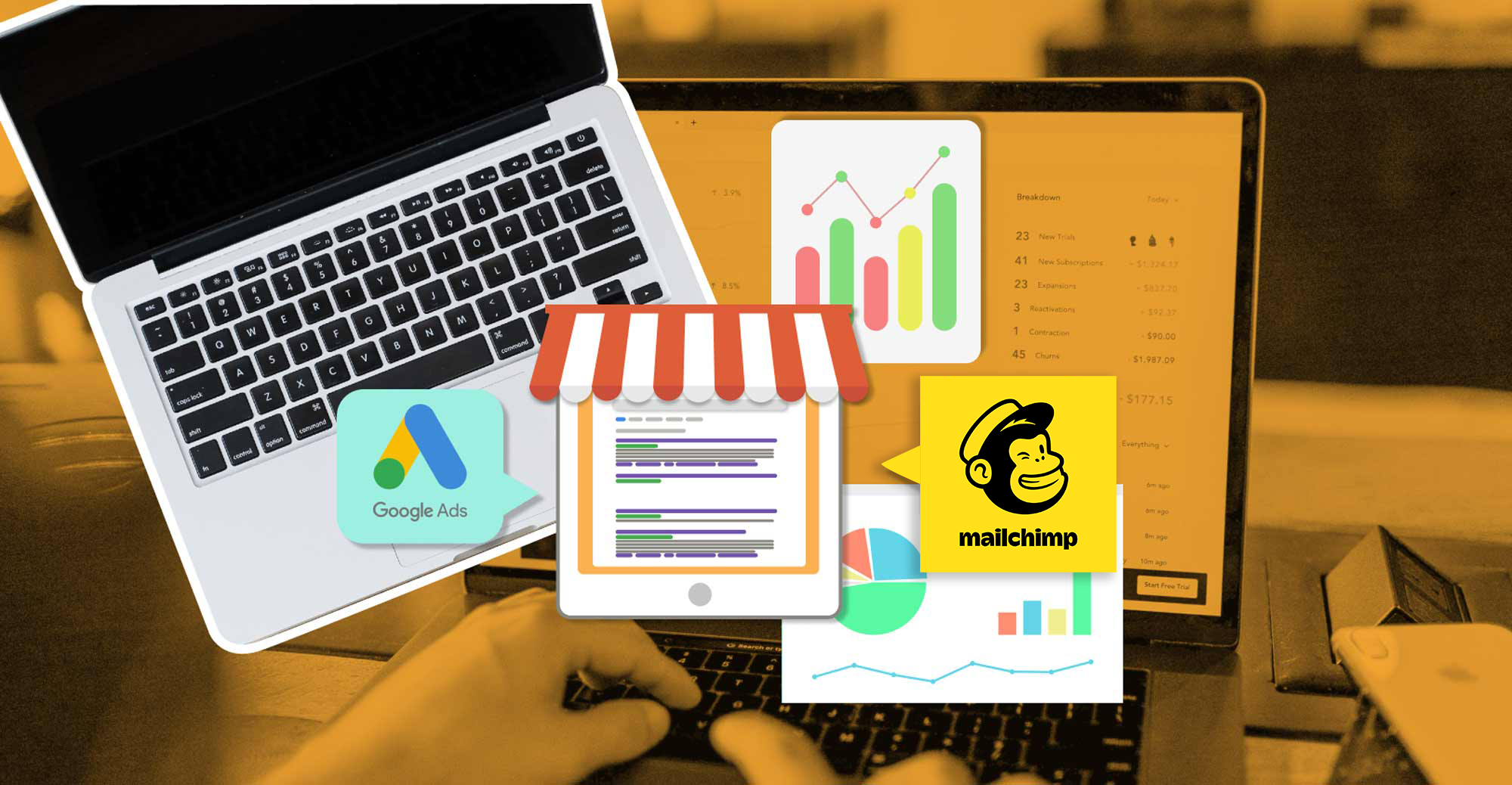Stay Ahead with Software Development
Stay Ahead with Software Development in an age where digital evolution moves at breakneck speed, the ability to stay ahead is not just a competitive edge it’s a survival strategy. Technology waits for no one, and the realm of software development is the nerve center of this constant flux. With every new language, framework, and paradigm shift, professionals are presented with a unique opportunity: to innovate, adapt, and most importantly, lead. Thus, learning how to stay ahead software development isn’t a luxury—it’s a necessity.

The Velocity of Technological Change
It’s no secret that software development evolves faster than most industries. What was revolutionary two years ago is now legacy. Technologies like blockchain, AI-driven automation, and edge computing are not on the horizon—they’re already here. For developers, the landscape shifts perpetually. Today’s in-demand stack might be tomorrow’s obsolete toolkit.
Because of this, one of the core philosophies professionals must adopt is continuous evolution. It’s not enough to know what works; you must anticipate what’s next. This foresight is how you stay ahead software development without getting buried beneath it.
The Software Developer’s Mindset
At the heart of advancement lies the mindset. Developers who excel are not simply proficient coders—they’re visionaries, perpetual learners, and problem solvers. They engage with complexity not as a roadblock but as an invitation to innovate.
Cultivating intellectual curiosity allows developers to explore emerging tools, dive into experimental frameworks, and embrace uncertainty with confidence. It’s this hunger for knowledge and progress that fuels the ability to stay ahead software development in a rapidly evolving tech sphere.
Learning as a Non-Negotiable Strategy
Knowledge has a half-life. What you knew five years ago might now be irrelevant—or worse, counterproductive. Thus, learning is not episodic; it is relentless. Reading documentation, attending virtual conferences, and enrolling in micro-courses have become integral components of a developer’s routine.
More importantly, learning should be strategic. Developers must prioritize high-impact areas that align with future trends. Cloud-native architecture, for example, has transitioned from optional knowledge to essential expertise. Similarly, understanding container orchestration through Kubernetes or mastering serverless functions can exponentially amplify your capacity to stay ahead software development.
Future-Proofing Through Specialization
While generalists possess a broad toolkit, specialists often wield deeper influence. As the field matures, niches like cybersecurity, data engineering, and artificial intelligence continue to emerge as high-demand verticals. Mastering one of these can cement a developer’s relevance.
Moreover, diving deep into a niche does not equate to limiting options. On the contrary, expertise in one domain often becomes a springboard into adjacent areas. A deep understanding of data pipelines can, for instance, pave the way into machine learning or analytics platforms. This sort of specialized versatility is how professionals stay ahead software development while simultaneously broadening their horizons.
Embracing the Open Source Ethos
One powerful way to stay relevant and connected is by contributing to open-source projects. This isn’t just an altruistic gesture; it’s a pragmatic career move. Open-source contributions expose developers to real-world problems, diverse coding practices, and dynamic collaboration.
Through these contributions, developers often gain mentorship, build visibility in the community, and even influence the direction of widely used software. This hands-on engagement ensures that your knowledge isn’t just theoretical—it’s applied, current, and respected. It’s a proven path to stay ahead software development with real-world resonance.
Agile Methodologies and Lean Thinking
Software development is no longer about creating monoliths over months. It’s about agile iteration, rapid prototyping, and lean delivery. Teams working within these frameworks are empowered to test ideas, learn from failures, and adapt quickly.
Understanding agile principles—like Scrum or Kanban—isn’t just for project managers. Developers who internalize these workflows become more effective, communicative, and adaptive. Consequently, embracing agile practices isn’t a side note; it’s central to how teams stay ahead software development across organizations of all sizes.
Automation and DevOps Integration
Manual deployment, configuration drift, and inconsistent testing processes are relics of a bygone era. Today’s developers must integrate with DevOps pipelines, CI/CD workflows, and automated testing suites to ensure reliability and speed.
Proficiency in tools like Jenkins, GitHub Actions, or Terraform can dramatically increase a developer’s impact. Furthermore, adopting infrastructure-as-code practices transforms environments into reproducible, scalable entities.
This symbiosis between development and operations doesn’t just enhance performance—it revolutionizes it. And it’s another vital piece in the puzzle of how to stay ahead software development in an enterprise ecosystem.
Staying Secure in a Hyperconnected World
Cybersecurity is no longer the sole domain of specialists. Every developer, regardless of their stack or domain, must integrate secure coding practices into their daily workflows. Injection vulnerabilities, data exposure, and misconfigured authentication mechanisms are costly—and often preventable.
Staying ahead means thinking proactively about security. Implementing secure defaults, using trusted libraries, and adhering to principles like “least privilege” can protect both the product and its users. Thus, to truly stay ahead software development, developers must internalize the security mindset, embedding it into every line of code.
Building for the User: UX and Accessibility
A polished back-end means little if users can’t interact with the software intuitively. Developers must understand the fundamentals of user experience (UX) and accessibility to ensure their work serves a broader audience.
Accessibility isn’t just a legal checkbox; it’s a moral and practical imperative. Creating inclusive software expands reach, improves usability, and reflects forward-thinking development. Tools like screen readers, keyboard navigation, and high-contrast designs should be considered from the outset.
Thinking holistically—about the user, their needs, and how they engage with your software—is what allows developers to stay ahead software development with empathy and foresight.
Leveraging AI and Machine Learning
Artificial Intelligence isn’t confined to academic labs anymore. AI-driven tools like code autocompletion (e.g., GitHub Copilot), bug prediction, and test generation are already reshaping how developers work.
Moreover, integrating machine learning into applications—whether for recommendation systems, natural language processing, or image recognition—is becoming increasingly accessible through libraries like TensorFlow and PyTorch.
By understanding the fundamentals of AI and keeping an eye on its practical applications, developers not only enhance their toolset but also reinforce their ability to stay ahead software development as the industry embraces intelligent automation.
Soft Skills: The Underrated Powerhouse
While technical ability is foundational, soft skills often differentiate the exceptional from the average. Communication, collaboration, and conflict resolution are indispensable in any team-oriented environment.
Additionally, the ability to mentor others, articulate technical decisions to non-technical stakeholders, and listen actively can elevate a developer’s influence far beyond their codebase. These skills drive team cohesion, project clarity, and strategic alignment—key components for those striving to stay ahead software development in leadership roles.
Harnessing the Power of Community
Tech communities, both local and global, offer a dynamic support network. Platforms like Stack Overflow, Dev.to, and Discord channels allow developers to share ideas, troubleshoot, and learn from one another.
Meetups, hackathons, and developer conferences not only foster networking but also provide a pulse on emerging trends. Immersing yourself in these spaces ensures you’re not working in isolation but rather in sync with the vanguard of innovation.
These communities are incubators of growth, providing the momentum required to stay ahead software development through shared wisdom and camaraderie.
Remote Work and the Digital Nomad Paradigm
The remote revolution has transformed software development into a borderless profession. Geographic constraints have evaporated, replaced by asynchronous communication, global teams, and cloud-based workflows.
Adapting to this paradigm means mastering remote collaboration tools—Slack, Zoom, Notion, GitHub—and optimizing productivity across time zones. Developers who thrive remotely tend to be proactive, disciplined, and digitally fluent.
By embracing remote culture and its opportunities, professionals ensure they’re poised to stay ahead software development in a globally distributed workforce.
The Intersection of Business and Technology
Modern developers are no longer just coders—they are strategic partners. Understanding business models, user personas, and revenue streams allows developers to create software that aligns with larger organizational goals.
Business-savvy developers can participate meaningfully in roadmap discussions, feature prioritization, and go-to-market strategies. This intersectional thinking is invaluable, allowing developers to craft solutions that not only function, but also generate value.
In bridging the technical and the strategic, developers enhance their relevance and guarantee their ability to stay ahead software development as trusted advisors in multidisciplinary teams.
Future Tech: Quantum Computing, Web3, and Beyond
The future of software development is brimming with possibility. Quantum computing promises exponential leaps in processing power. Web3 envisions a decentralized, user-owned internet. Augmented reality (AR) and virtual reality (VR) blur the lines between physical and digital.
These aren’t sci-fi concepts—they’re rapidly materializing into developer playgrounds. Staying informed and dabbling in emerging technologies ensures readiness when these domains become mainstream. Those who explore now will be the experts tomorrow. That’s how pioneers stay ahead software development—by moving toward the horizon, not waiting for it to arrive.
To stay ahead software development is to embrace transformation with both arms. It’s about more than writing code—it’s about anticipating needs, solving problems with grace, and evolving alongside the technology.
Success belongs to those who are curious, adaptable, and visionary. By sharpening technical skills, nurturing soft skills, and staying plugged into the pulse of innovation, developers don’t just build software—they build the future.
And in doing so, they don’t just stay ahead. They lead.






